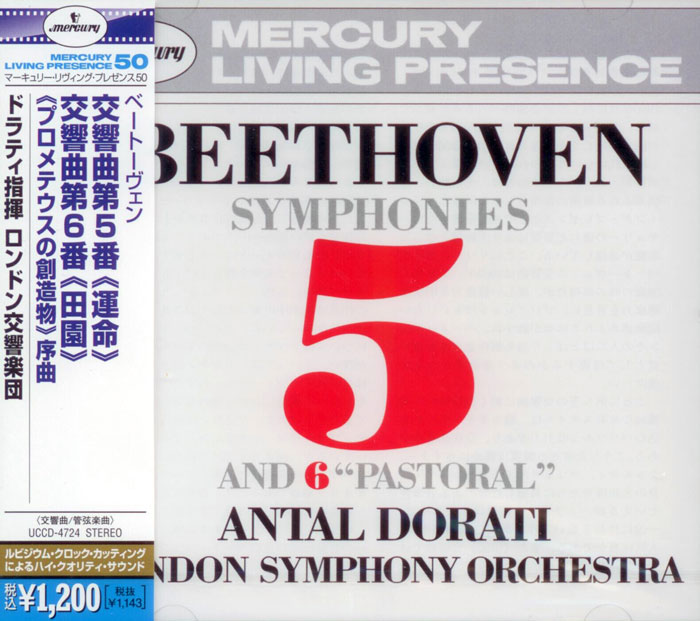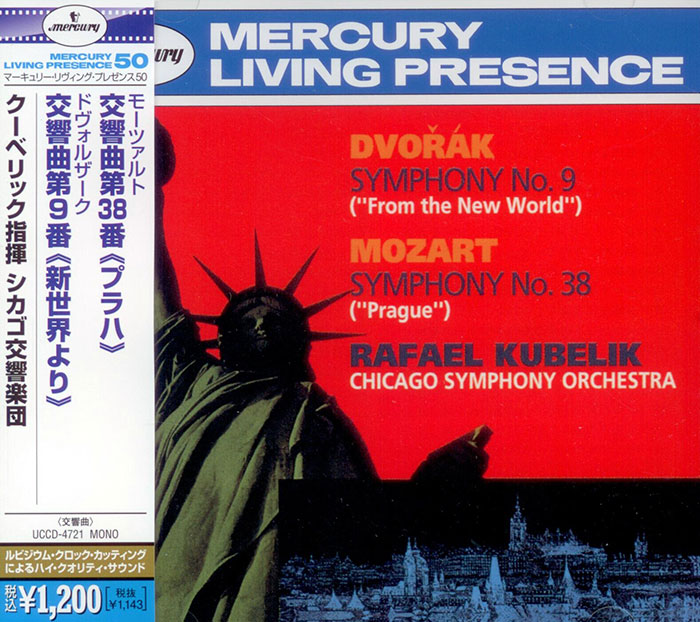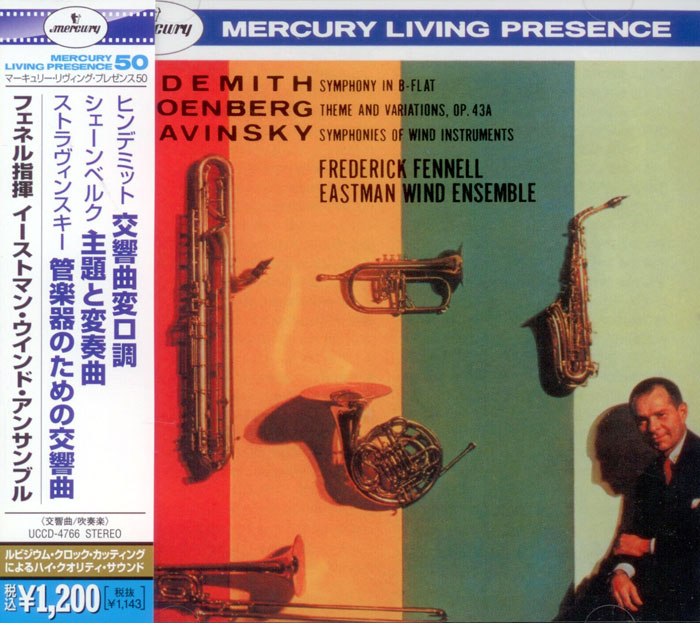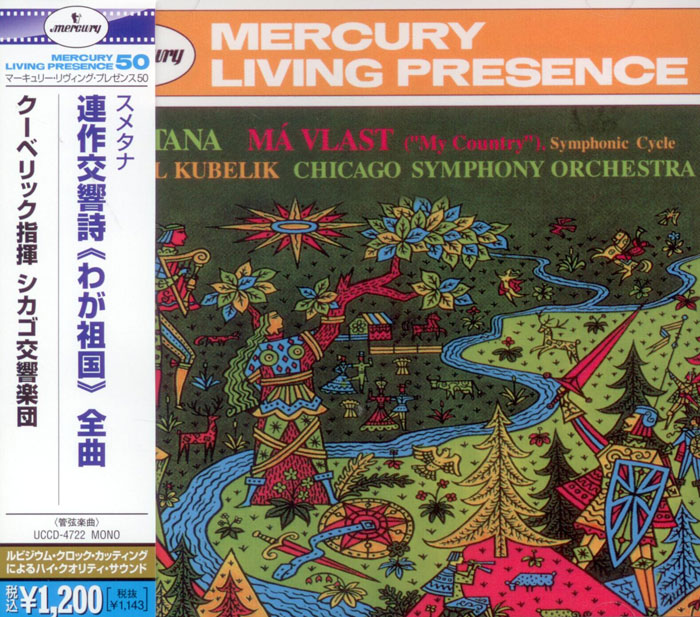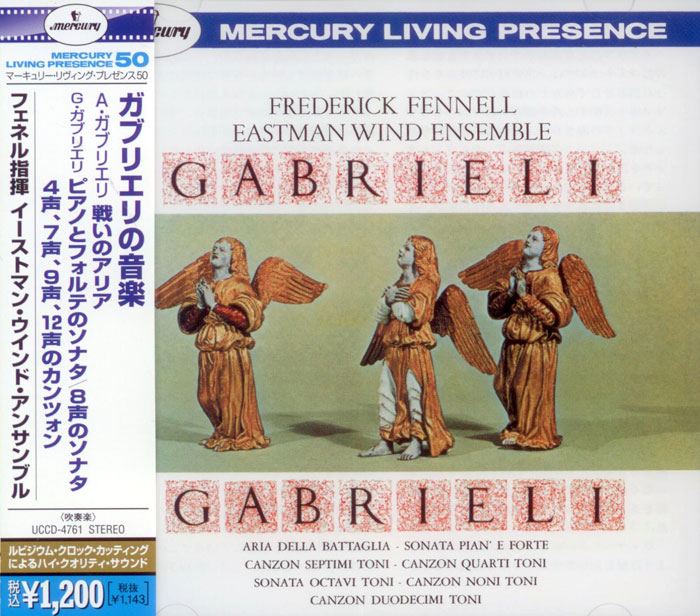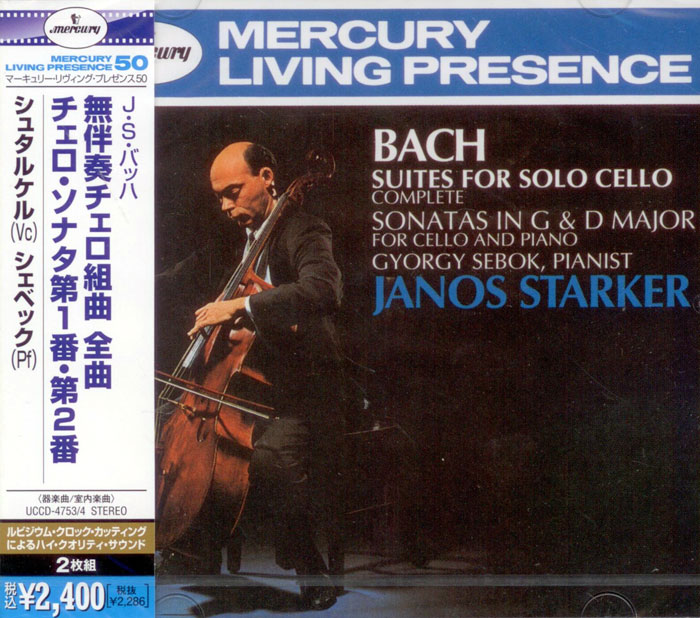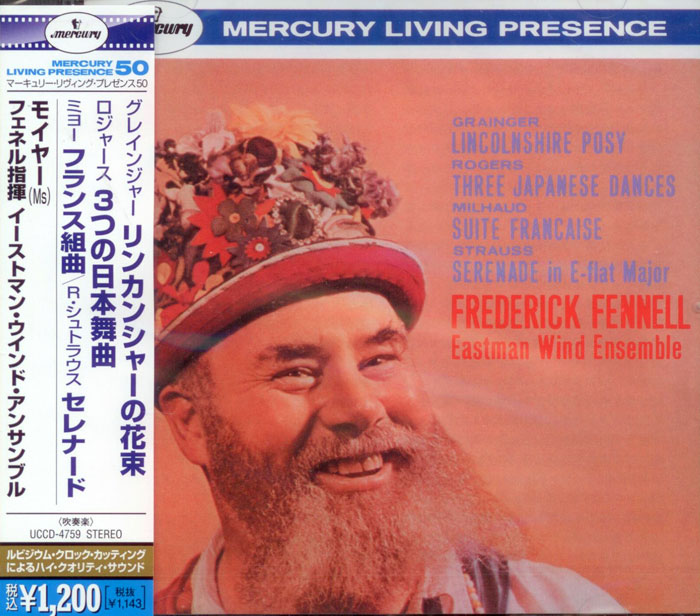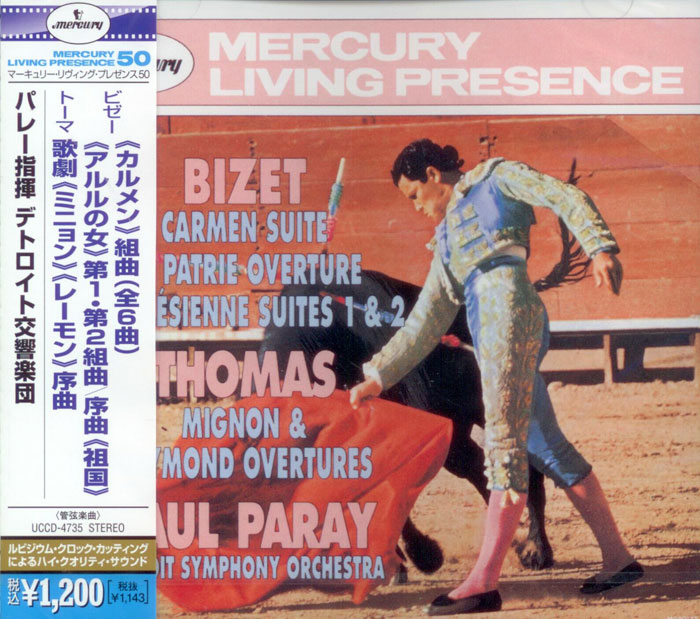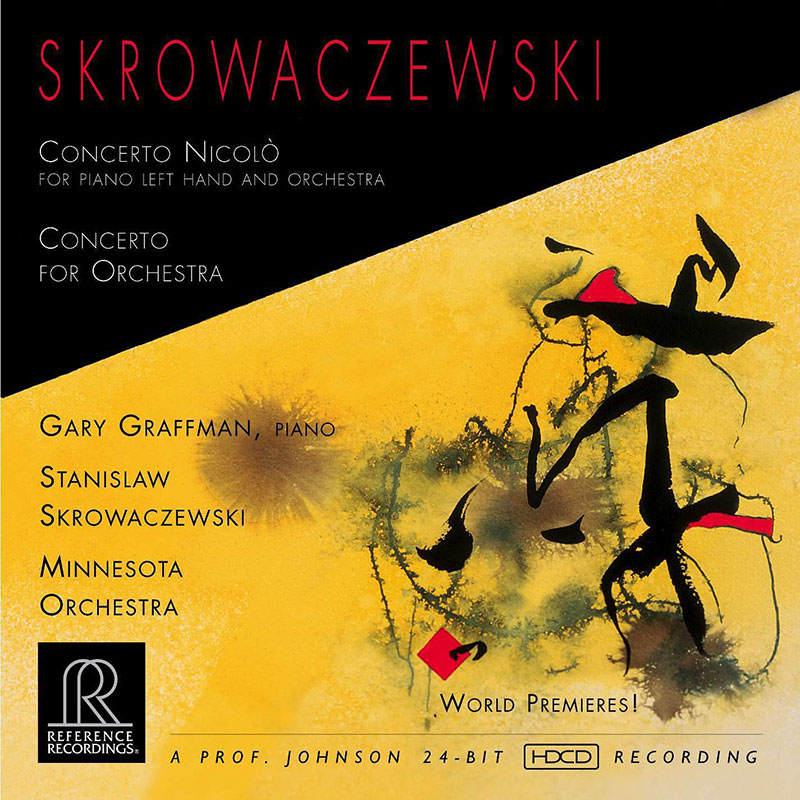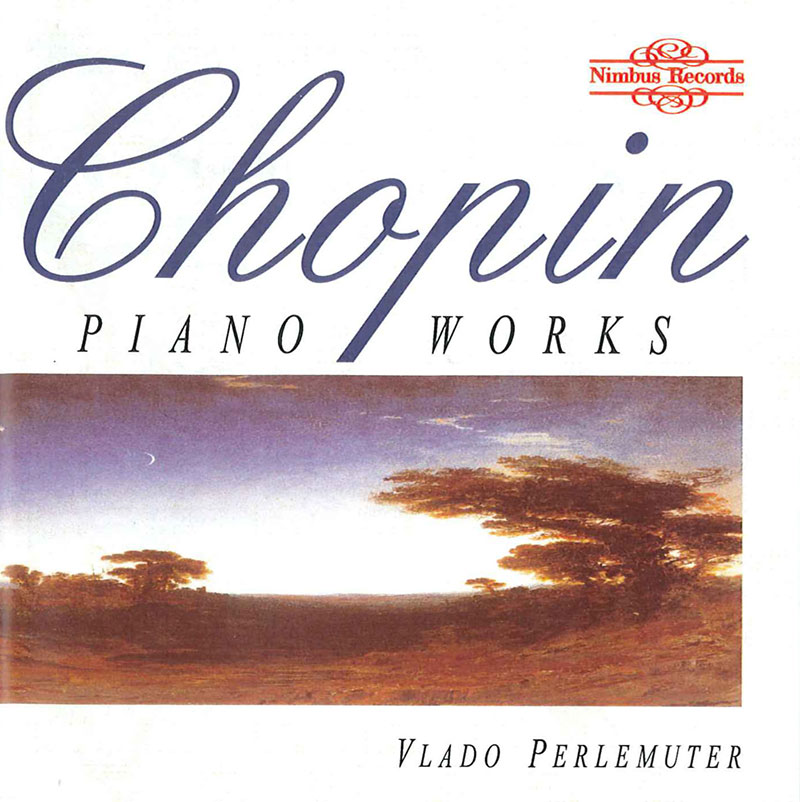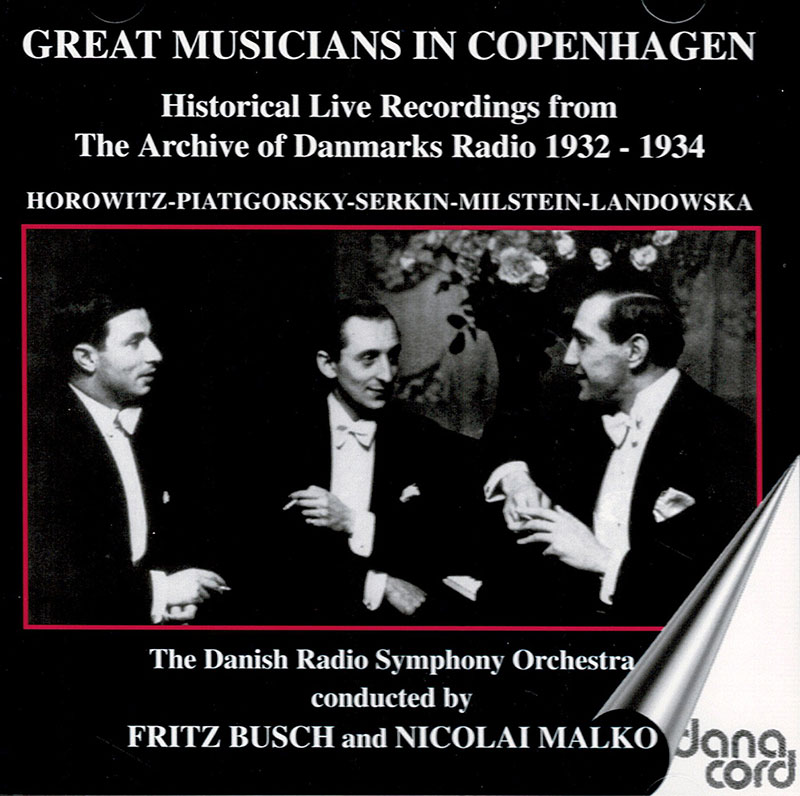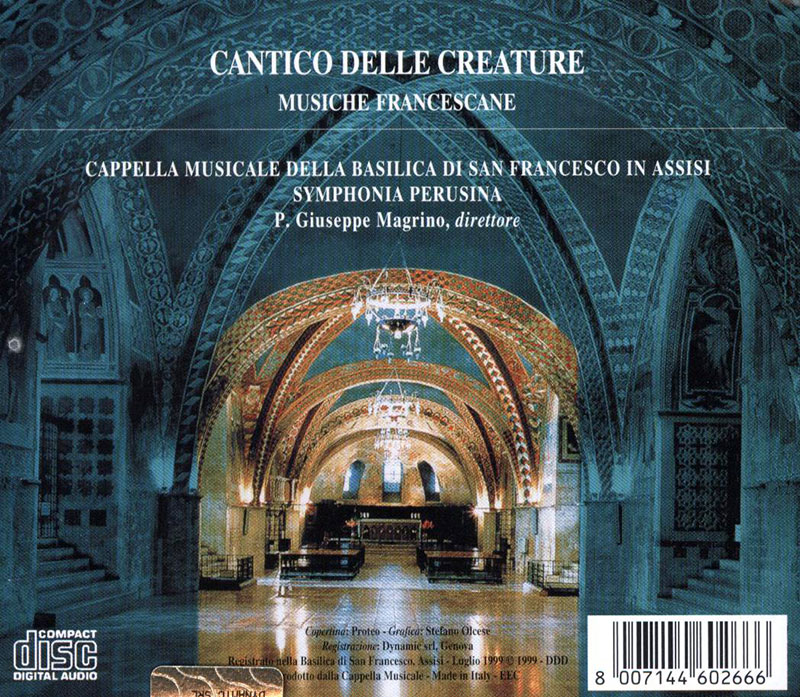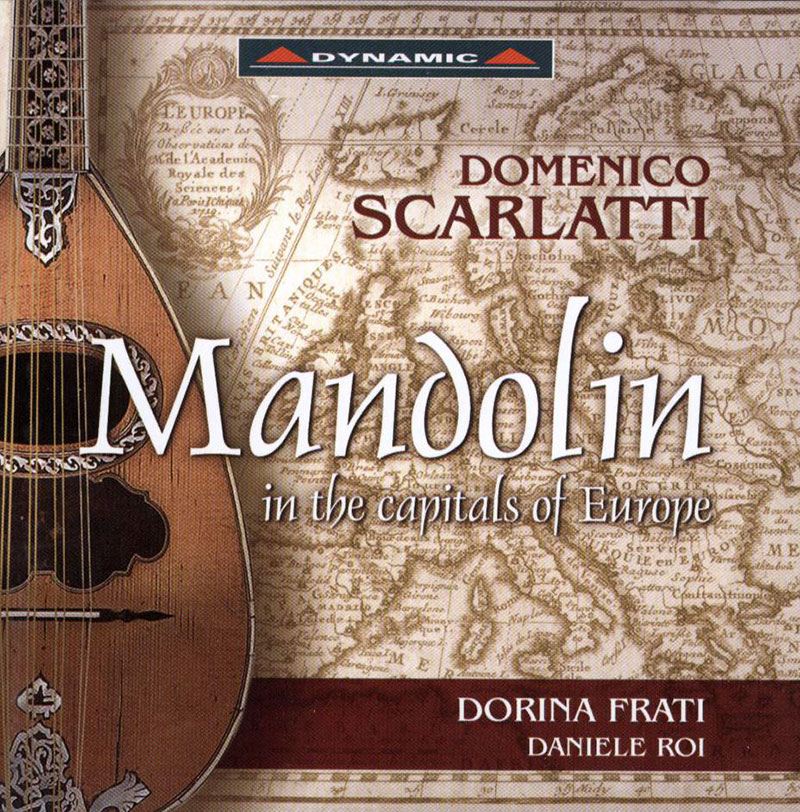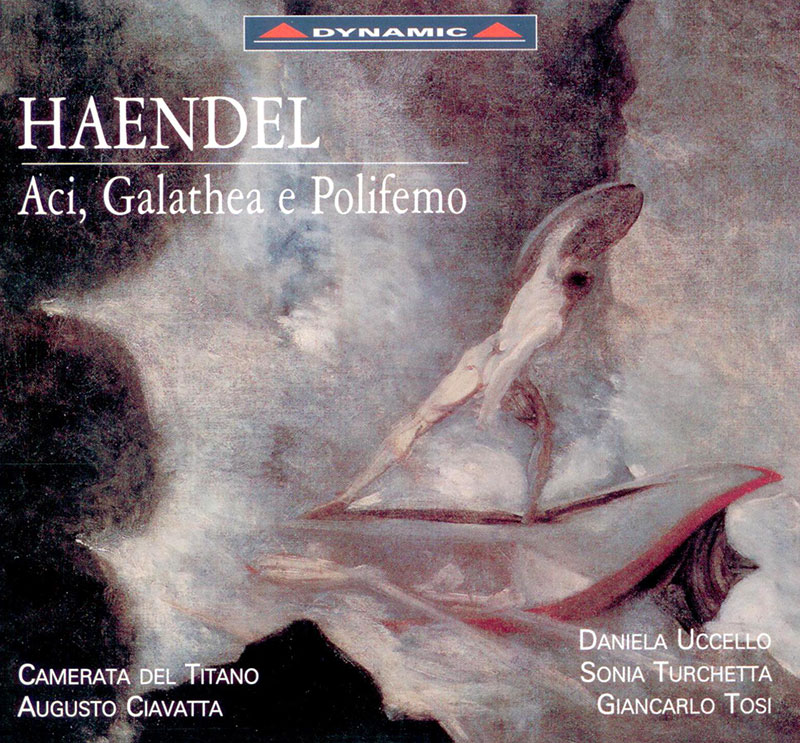Logowanie
Dlaczego wszystkjie inne nie brzmią tak jak te?
Chai Lang, Fan Tao, Broadcasting Chinese Orchestra
Illusive Butterfly
Butterly - motyl - to sekret i tajemnica muzyki chińskiej.
Brzmią jak sen na jawie
KHACHATURIAN, SHOSTAKOVICH, Antal Dorati, Stanislaw Skrowaczewski, The London Symphony Orchestra
Gayne / Symphony No. 5 in D minor, Op. 47
Stanisław Skrowaczewski,
Winylowy niezbędnik
ClearAudio
Cartridge Alignment Gauge - uniwersalny przyrząd do ustawiania geometrii wkładki i ramienia
Jedyny na rynku, tak wszechstronny i właściwy do każdego typu gramofonu!
ClearAudio
Harmo-nicer - nie tylko mata gramofonowa
Najlepsze rozwiązania leżą tuż obok
IDEALNA MATA ANTYPOŚLIZGOWA I ANTYWIBRACYJNA.
Osobowości
SKROWACZEWSKI, Stanislaw Skrowaczewski, Minnesota Orchestra
Concerto Nicolo for piano left hand and orchestra
WORLD PREMIERE!
Symphonia Perusia, Cappella Musicale della Basilica di San Francesco d' Assisi, Giuseppe Magrino
Cantico delle Creature e musiche francescane
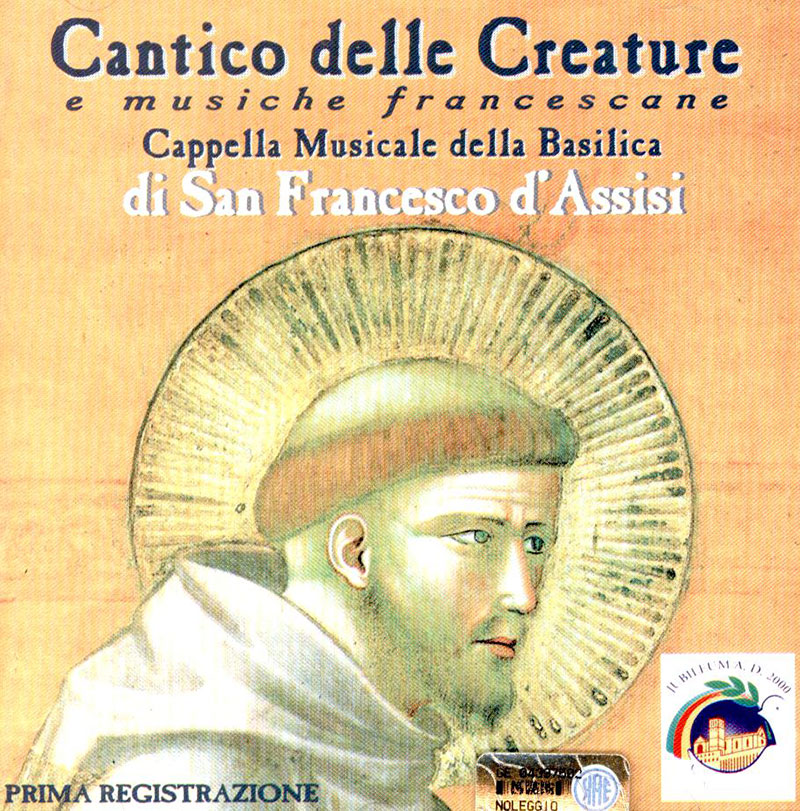
- Symphonia Perusia - orchestra
- Cappella Musicale della Basilica di San Francesco d' Assisi - choir
- Giuseppe Magrino - conductor
Symphonia Perusina: Luca Arrese, first violin Giacomo Stella, first violin Paolo Castellani, first violin Claudio Becchetti, second violin Corinna Ruppert, second violin Luca Tironzelli, second violin Chorus Music Chapel of the San Francesco d'Assisi Basilica Father Giuseppe Magrino, a friar Minor Conventual, studied organ with W. Dalla Vecchia and piano with L. Rossi Molinari; he graduated in Gregorian Chant from the Pontificio Istituto Ambrosiano di Musica Sacra, under the guidance of Mons. L. Migliavacca, L. Molfino, Don A. Turco, Don V.Donella and G. Brendolo. The author of the oratories Antonio di Padova, La Samaritana al pozzo, Le stigmate di San Francesco and Il Natale del Signore, as well as of an organ concerto, several works for choir and orchestra, and sacred and secular pieces, he is currently Chapel Master of the Basilica of San Francesco in Assisi. The Symphonia Perusina string orchestra was founded in 1979. Since its debut it has impressed audiences and critics with the beauty and fullness of its sound, its polyphonic clearness and perfect ensemble playing, qualities that have made of it a renowned chamber orchestra both in Italy and abroad. Symphonia Perusina has appeared in the most famous concert halls and performs a repertoire that spans from Baroque to contemporary music. It is particularly dedicated to Italian music, and has given world debut performances and first modern times performances of several works belonging to that tradition. It has recorded for Dynamic, Quadrivium, Nuova Era, BMG, Edipan, Bongiovanni, Tactus. The first document mentioning the Cappella Musicale di San Francesco is the legend of Santa Chiara, written between 1253 and 1255; in that text the Saint, who was prevented by illness from taking part in the matins sung on Christmas night by the Friars Minor, is said to have obtained from God the grace of attending in spirit the celebration taking place in the Franciscan Basilica: "so that the music that was being performed started to ring in her ears: she could hear the jubilation of the psalmodizing friars, the choir's harmonies and the music of the organs". The Chapel had as its first Master, in 1230, Giuliano da Spira, who wrote a Divine Office in honour of the Saint. During the Middle Ages the Basilica was an important centre for sacred music. This is documented by historical-legendary evidence - Salimbene, Giuliano da Spira and Saint Bonaventure - as well as by iconographical evidence - the frescos by Giotto, by Simone Martini and by the "Maestro di San Francesco", which depict singing friars. The primary function of the Chapel has always been that of producing music for the solemn services celebrated in the Basilica. Throughout the centuries figures such as F.Ruffino Bartolucci d'Assisi, F.Giulio Belli, F.Francesco Zuccari, F.Clemente Mattei, F.Alessandro Borroni and F.Domenico Stella have contributed to the Chapel's fame with a great quantity of compositions, still kept in the library of the Sacro Convento. Current Chapel Master is Father Giuseppe Magrino.






